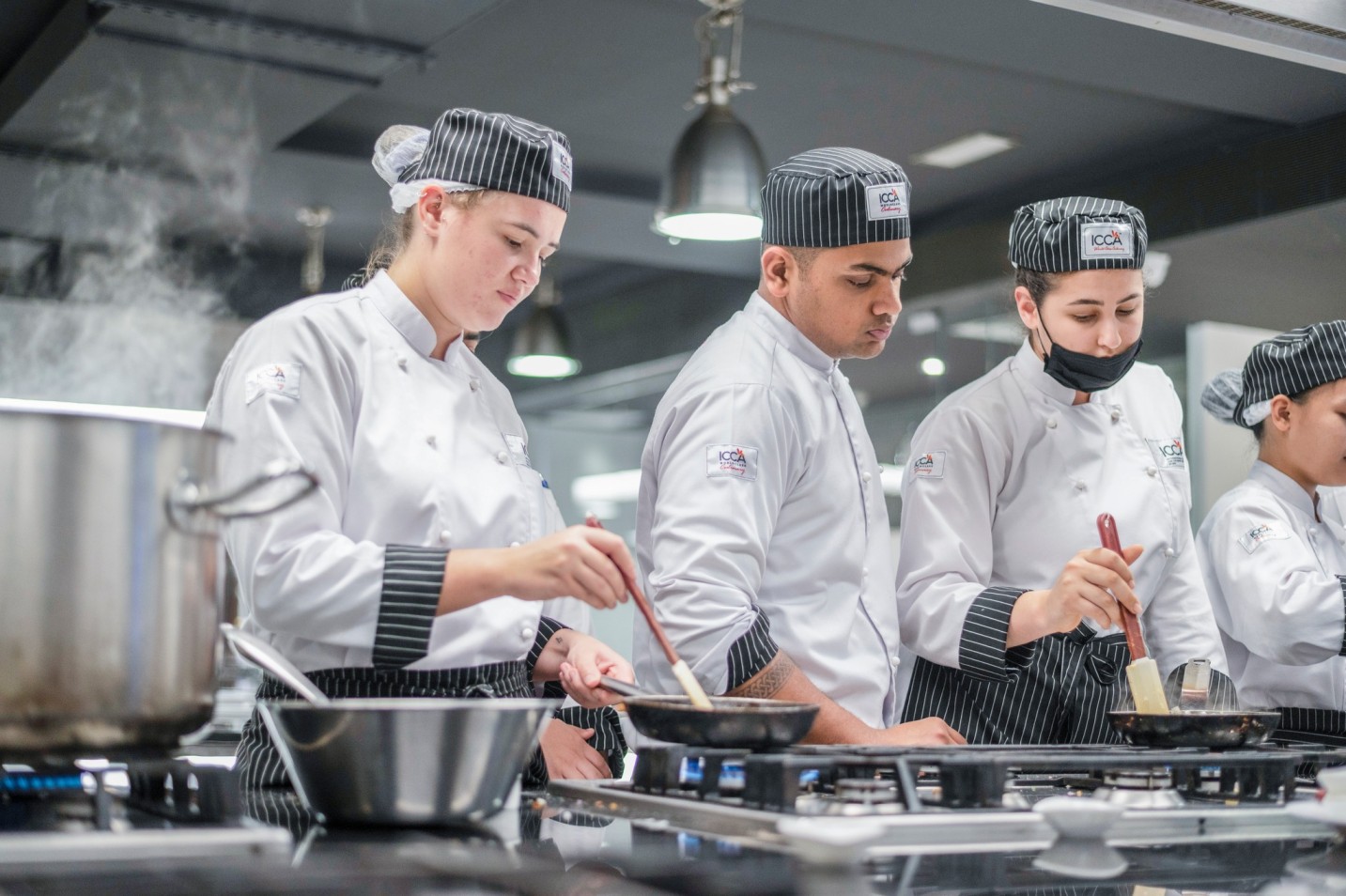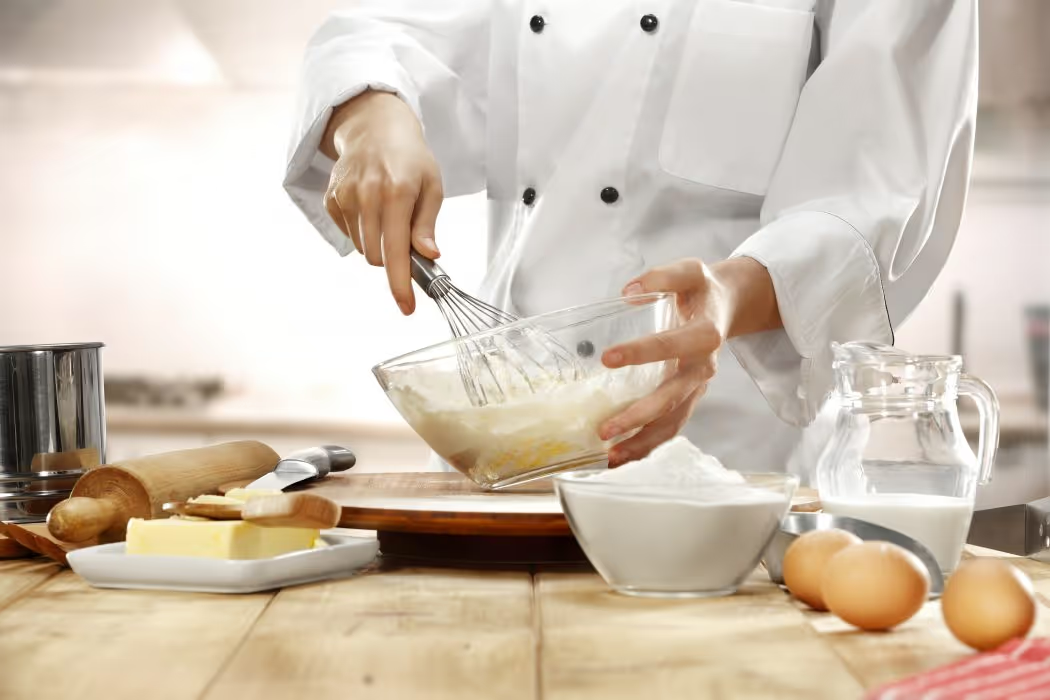Knowing your meat cuts is the key to a perfect beef dish. Most of us are not well aware of the fact that particular cuts of the meat make a beef dish perfectly cooked with adequate flavours. Some cuts are tender and some are more flavourful.
Whether you’re a professional chef or a home cook, beef is one of the go-to meats for most cuisines (non-vegetarian diets, of course). This extremely versatile meat can be used in everything from starters to salads, stir-fries, main courses, stews and so much more.
However, as you’ll quickly have learnt when you visit a supermarket or even try to order meat online, there are a lot of different cuts of beef. There’s chuck, tenderloin, sirloin, topside, round… the list can quickly get confusing. More importantly, what’s the difference between them? Which one do you need if you’re making pot roast? What about for stews? What about steak? Further, which ones can be flash cooked on a pan and which ones are best for slow cooking or roasting for hours?
Well, don’t worry. The master chefs at ICCA Dubai are here to dispel all your doubts.

Understanding different cuts of beef
The first thing you need to understand is that not all cuts will be available at a supermarket or grocery store. That’s not just because of what they have in stock. It also has to do with the fact that some of the bigger cuts cannot be sold as they are. They would be too big for a home chef to work with, so they are usually not sold separately.
There are 3 levels of cuts of beef:
- Primal cuts: These are the biggest cuts of beef. This is what is marked out on a beef cuts chart (as you can see below). However, since the cow is a relatively large animal, each of these cuts can be huge, weighing multiple tens of kilograms! Primal cuts include areas like chuck, loin, rib, round, etc.
- Sub-primal cuts: The primals are then broken down into smaller pieces called sub-primal (or sub-primal) cuts. For example, the Top Round is a sub-primal cut of the larger Round, which is a primal cut. Other examples include Rib Eye and Whole Tenderloin. These are also quite large in size.
- Retail or portion cuts: As the two names suggest, these are the smallest cuts, divided from the sub-primal, and sold in retail stores as one individual portion (like a T-Bone Steak or Rib Eye Steak).

Cuts of beef by tenderness
Depending on which area of the animal the cut is taken, the meat may be tender or tough. The general yardstick is that the tenderer cuts of meat come from the parts of the cow that are far away from the horns and the hooves. The toughest cuts would be the shoulder or leg cuts because these muscles get used a lot.
5 most common cuts of beef for cooking
Any chef worth her or his salt needs to know at least the 5 basic cuts of beef and what they’re good for. Let’s take a look.
- Beef Chuck: This is a tough but very flavourful cut of beef, taken from the neck, shoulder blade and upper ‘arm’ of the animal. It has a lot of connective tissue so it’s best for stews and roasts, as the cooking process breaks down this tissue.
- Beef Brisket: This is cut from the ‘breast’ of the cow, so it again has connective tissue and can be tough – but if you cook it properly, that’s not a problem. The most famous brisket recipes call for barbequing or braising, so this cut is perfect for those two cooking methods.
- Beef Loin: This comes from the back, near the ribs of the cow. Many types of steaks, including the favourite Filet Mignon, Tenderloin, Porterhouse and T-Bone, come from this cut.
- Beef Rib: Cows have 13 sets of ribs, but only the ribs 6 to 12 are counted under this cut. Prime Rib and Short Rib are two of the most common portions from this section, as well as the aptly named Rib Eye. The Rib cuts are very juicy and tender with a lot of marbling, making them perfect for grilling or cooking over dry heat.
- Beef Round: This comes from the back of the cow, and is also known as the Rump. Many favourite roast cuts come from this section, including the Top Round, Bottom Round and Eye of Round.
There are many more primal, subprimal and portion cuts of beef, but these 5 are the most commonly used ones, and therefore the ones every chef needs to be intimately familiar with. Now you know these, it’s time to start experimenting – and we’ve got loads of recipes you can try right at home!
For more exciting articles, follow our blog, the ICCA Stockpot!








